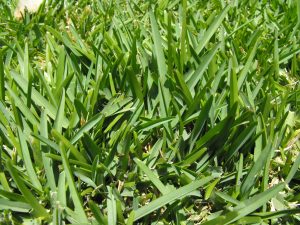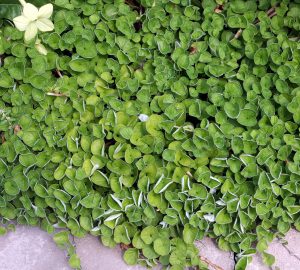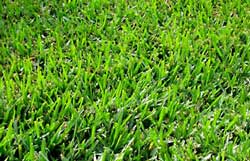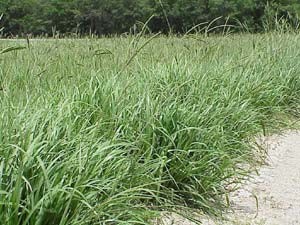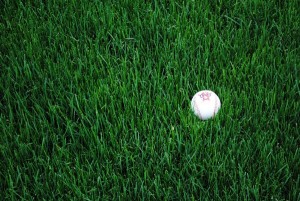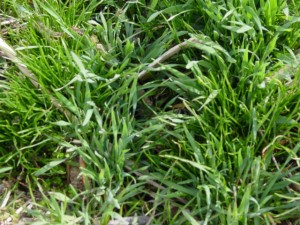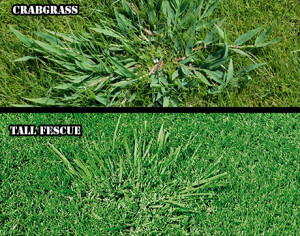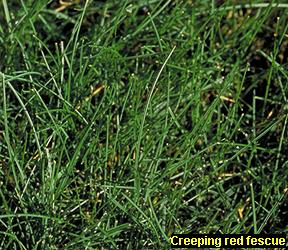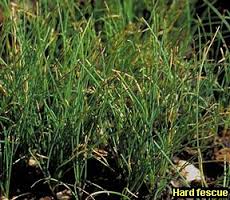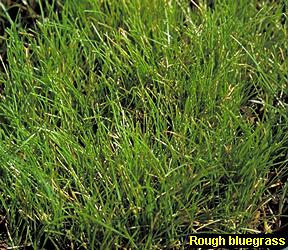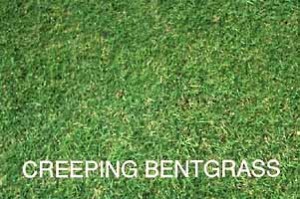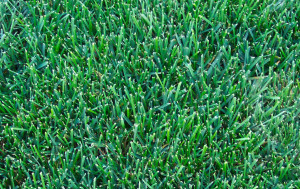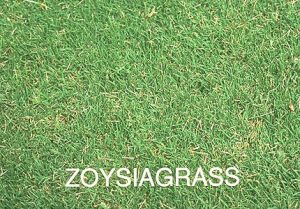 The scientific name for Zoysiagrass is Zoysia species and can be found throughout the southern United States. It forms a dense fine textured lawn that resists weeds. This grass is good in heat and drought situations making it ideal for the south. It appears to be free from disease and insect pests although billbugs may bother it. It does take a while to establish itself and does not do well in short summers or cool environments. Its main weakness is that it is very slow to establish itself especially if summers are short and cool. The blades are tough to mow if left too long and the cut grass also can build up a great deal of thatch.
The scientific name for Zoysiagrass is Zoysia species and can be found throughout the southern United States. It forms a dense fine textured lawn that resists weeds. This grass is good in heat and drought situations making it ideal for the south. It appears to be free from disease and insect pests although billbugs may bother it. It does take a while to establish itself and does not do well in short summers or cool environments. Its main weakness is that it is very slow to establish itself especially if summers are short and cool. The blades are tough to mow if left too long and the cut grass also can build up a great deal of thatch.
Zoysiagrass
It grows slowly in the shade, but does do better than Bermuda grass. Water needs are low to medium and the same with fertilizer. Zoysiagrass only requires .3 to .5 pounds of nitrogen per 1000 square feet. It wears well and should be mowed at a height of one to two inches. Most home owners have found that it adapts best throughout the southern US.
Since it requires relatively little water compared to many other grasses, Zoysiagrass can tolerate less moisture for longer periods. You will not need to water your lawn as much as some other grasses during dry conditions.


